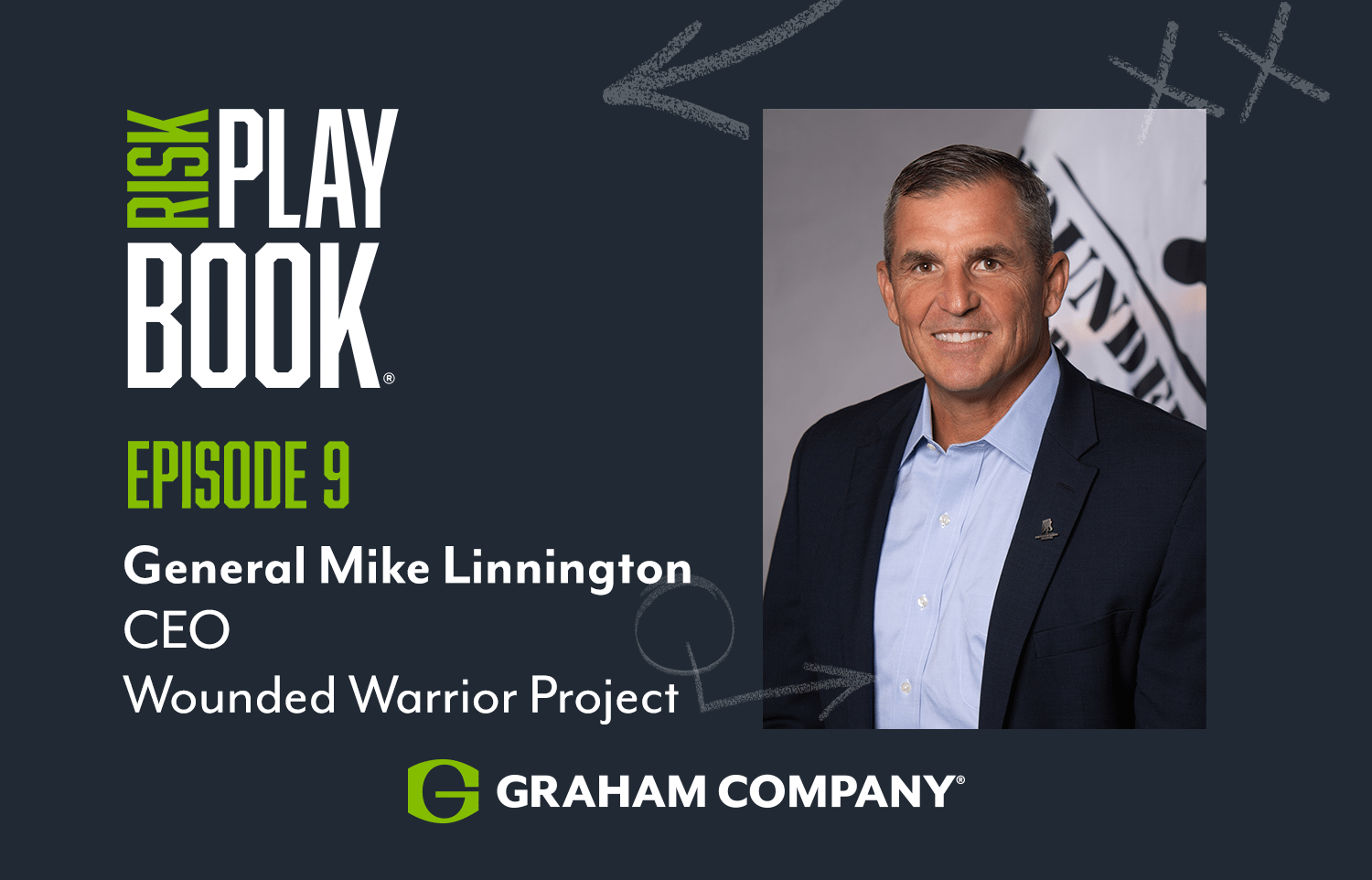As we enter the summer months, construction across the country is ramping up. Projects are coming back into focus after the cold of winter has subsided and seasonal hiring is starting to take shape. Importantly, studies have found that workers who are new to the industry are more likely to suffer an on-the-job injury than those who are more experienced in the field. But, there are simple strategies that construction companies can adopt in order to keep employees safe – especially in the hot summer months.
Heat-Related Risks
Heat illnesses, including heat stroke, heat exhaustion, heat cramps and heat rash, are some of the more prevalent risks during the summer months for people who work outside. According to OSHA’s campaign against heat illness, in 2014 alone, 2,630 workers suffered from heat illness and 18 died from heat stroke and related causes on the job, despite heat illnesses and death being preventable.
In the construction industry, inexperienced workers are more likely to suffer from heat illness, as many have never worked in construction or for long hours outside before. After the recession, countless skilled workers and frontline leaders left the industry, and as a result, construction companies are still struggling to find highly qualified employees. With many new workers entering job sites, heat illness is an important consideration for on-site leadership.
An OSHA investigation of 25 heat-related incidents found that almost half of the cases involved a worker on their first day on the job. More, 80 percent of those incidents involved a worker who had been on the job for four or fewer days. Workers who are new to the industry may not understand the severity of heat-related illnesses, or haven’t been properly trained to identify the signs. That said, although inexperienced individuals are most at risk, those who have been away from work for an extended period of time can also be affected, as their bodies are not acclimated to the heat.
Heat illness can be deadly – according to OSHA, an individual’s body temperature can rise to dangerous levels and they can suffer from heat exhaustion or heat stroke. Therefore, it is imperative that construction companies put the proper safety protocols in place to ensure that their workers are protected, including:
- Providing workers with plenty of water, encouraging them to drink often to stay hydrated, even if they are not thirsty. Soda and energy drinks should be avoided.
- Reminding workers to consistently re-apply sunscreen and wear light-colored, breathable, loose-fitting clothing and UV-blocking or anti-glare eyewear.
- Requiring workers to take breaks in the shade or indoors in an air-conditioned area to cool down.
- Allowing new workers or workers who have been away for the job for a period of time to acclimate (or re-acclimate) to the hot weather. Companies should also recognize that even seasoned workers who may be accustomed to working in the heat can be affected.
- Teaching employees to gradually build up to heavy work in hot conditions so that they can be more tolerant to the heat.
- Monitoring heat indexes and heat levels to ensure that the appropriate protective measures are being implemented.
Heat Illness Detection
Heat illness can be difficult to detect or prepare for because symptoms and signs often vary from worker to worker, but with the appropriate training from a safety expert, it can be avoided. Typically, if a worker is experiencing heavy sweating, cool, moist skin, headache, nausea or vomiting, dizziness, weakness or fast heartbeat, they should immediately stop what they are doing and seek medical attention.
Construction workers must look out for themselves and for their coworkers when the weather gets warm. It is crucial that they are appropriately trained on how to prevent heat illnesses and what symptoms to look for in themselves and other workers should an incident occur. Perhaps most importantly, especially when it comes to overseeing new workers or workers returning to the site after time off, site leaders should closely monitor them for symptoms, as they are most susceptible, have the least amount of training and may be reluctant to taking breaks. Particular attention should also be paid to those working with heavy machinery or wearing bulky protective clothing.
Heat illness remains an important issue during the summer months for construction sites around the country. But, it can be avoided by ensuring that the appropriate precautions are in place and consistently enforced, while also providing workers with the training needed to recognize the symptoms before they become dangerous.

Philadelphia, PA, 19102







